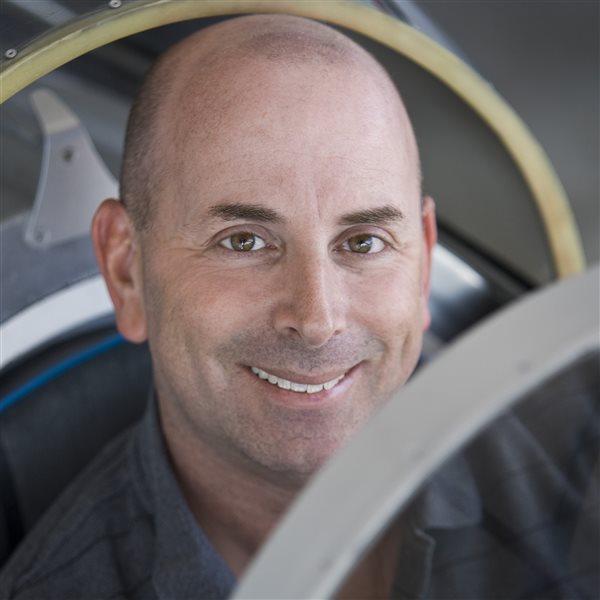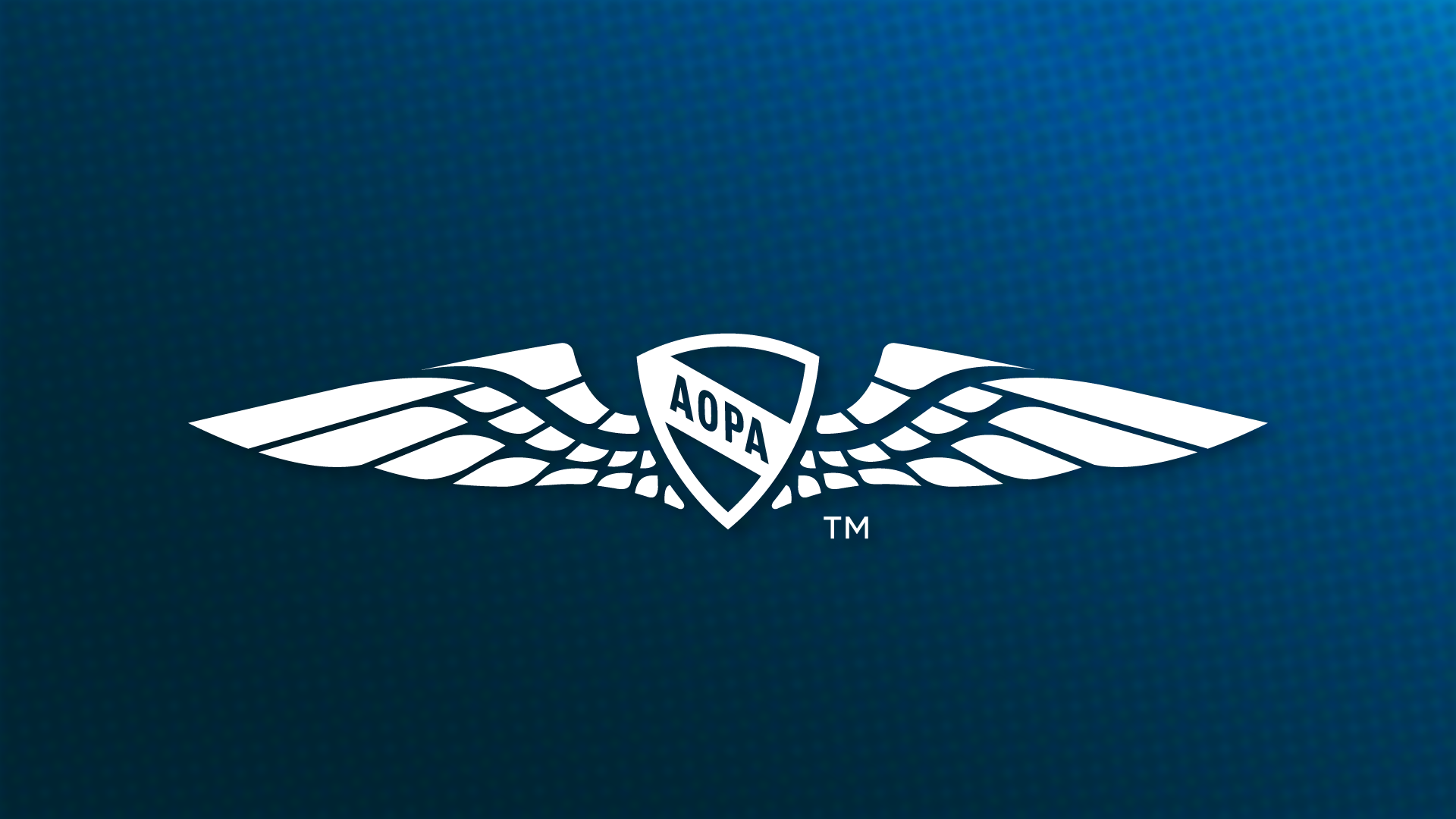Thrust reversers
Stopping power
Jet engines are wildly effective at producing thrust that propels the airplanes they’re attached to rapidly forward—and that’s wonderful, until it’s time to stop.

Upon touchdown, the forward thrust a jet produces, even at idle power, becomes a liability. Enter thrust reversers.
These sometimes crude, often complicated mechanisms transform a jet engine into an air brake that provides stopping power that can be vital on short, wet, or icy runways—or following a rejected takeoff when wheel brakes aren’t enough to bring a fast-moving airplane to a quick halt.
Older, low-, and medium-bypass jets typically use external clamshells or bucket-type reversers that block engine exhaust and redirect it partially forward. Think Cessna Citations, Boeing 707s, DC–8s, and Fokker 100s.
High-bypass jets on more modern airliners have “cold stream” systems that grab bypass air and turn it into reverse thrust. That relatively cool bypass air gets redirected forward through a series of side doors on the engine nacelles. Less powerful hot exhaust from the combustion chamber is unaffected.
The amount of reverse thrust available is proportional to an airplane’s speed, so pilots are trained to use reverse thrust as soon as possible for maximum effectiveness. By applying reverse thrust immediately after touchdown, pilots can shorten landing distances by 25 percent or more and avoid excessive wear or overheated wheel brakes.
“Reverse” is a bit of a misnomer here because redirected exhaust doesn’t act 180 degrees in opposition to forward thrust. The best jet designers are able to get is about 135 degrees—but that extra stopping power is a terrific safety enhancement.
The downsides of thrust reversers are an increased chance of engines ingesting debris, especially at slow speeds, a loss of rudder effectiveness and potentially directional control on contaminated runways, and rare but potentially catastrophic in-flight deployment.

